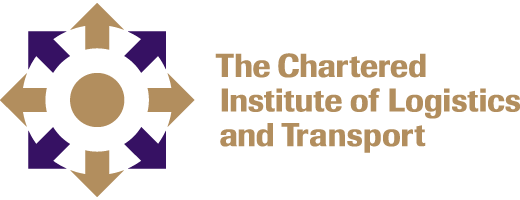Operating at level 1 (school standard), this course was developed in 2015 and provides basic knowledge in the field of transport and logistics.
As at the basic level, a course is usually performed as a single qualification, but some parts can be taken as separate modules if it meets the needs of the student. This course uses one of the units from the introduction Certificate, so anyone who moves to level 2 will not need to retrain this module.
Students who study our courses will automatically have access to the International knowledge center – providing access to a wide range of best practices and learning materials.
For information on where you can study this course, see our list of approved centers. Please note that this information is updated monthly.
This course is ideal for school graduates, students and those who know the logistics and transport areas at a basic level. It is ideal for young people planning to enter this sector.
In General, the course consists of 100 hours of training. The assessment of knowledge is carried out for each student individually.
This course can be studied as an intensive unit or part-time as part of an ongoing orientation program or vocational training. As a full course program, it will take about 4 weeks or 3-6 months depending on the number and frequency of sessions.
Costs are set locally by the training provider.
The course covers the following key areas.
Mandatory item:
- M1-L2 introduction to logistics (level 2)
This unit is designed to familiarize students with the concept of logistics in the broadest sense and with some of the common practices that are important for each part of the logistics work environment. The introduction to logistics covers people in the working environment, sustainability and environment and communication technologies.
- M2-L1 Transport distribution in logistics
This unit introduces students to the vital role of transport in every part of logistics. It also aims to show how the distribution of goods is the key to logistical success. The course consists of seven sections that cover different modes of transport, legislative requirements, vehicles, passenger transport and transport infrastructure.
- M3-L1 Introduction to business communications
This unit is an introduction to various business communications, including: letters, emails, reports and electronic presentations. This course gives students the opportunity to distinguish between facts, opinions, ideas and examples, and provide skills to understand when to use different types of communication.
